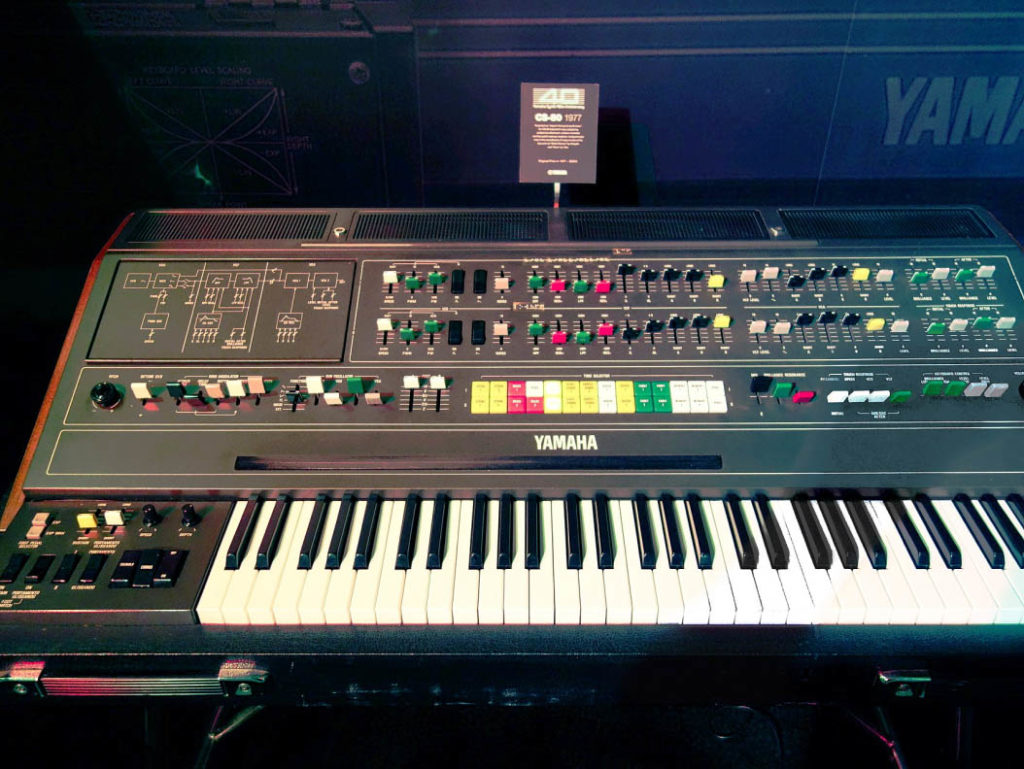I meanwhile thought of how thrilling it is when a baseball outfielder grabs the ball off the wall and throws it dead-on to home plate to catch a runner. Doesn’t happen very often. A computer with a throwing arm, of course, could do the same every single time, without fail. A simple machine can throw a baseball miles further than any human. I thought of what a composer teacher of mine told me about his first experience with electronic music. When he started working with an analog synthesizer and tape (that being what you did in the ‘70s) he was interested in creating complex rhythms beyond the capacity of human musicians. He did so. And he discovered that it didn’t sound like anything, was about as interesting as throwing a handful of gravel on a tin roof. Which is to say, it didn’t matter. “What I realized,” he told me, “was that I wanted the intensity of real musicians struggling to play complicated rhythms.”
– from Jan Swafford’s great piece on the attempt to fabricate Beethoven’s Symphony 10 using AI (emphasis mine)
I recognized this idea as something similar to what hit me about 15 years ago when I discovered the wonderful solo guitar music of Pierre Bensusan. One could listen to a wonderful Celtic band like Lunasa play a set of tunes on their pipe, whistle, fiddle, and bass. Or you could listen to Pierre play the same tune with all the harmonies stuffed onto the six strings of the guitar with just his two hands. Sometimes it seemed that despite all his skill and “harp sustain” technique, that he was just barely, barely keeping the thing glued together! It’s like, you aren’t supposed to play all those notes on a guitar and the thing was always on the edge of crashing and burning. But it didn’t, and that frantic energy in the playing made the music very exciting in a way that’s difficult to describe and virtually impossible to communicate on sheet music.
It also reminds me of a quote from Brian Eno’s autobiography about pushing music technology to it’s limits, or even over them.
“Whatever you now find weird, ugly, uncomfortable and nasty about a new medium will surely become its signature. CD distortion, the jitteriness of digital video, the crap sound of 8-bit – all of these will be cherished and emulated as soon as they can be avoided. It’s the sound of failure: so much modern art is the sound of things going out of control, of a medium pushing to its limits and breaking apart. The distorted guitar sound is the sound of something too loud for the medium supposed to carry it. The blues singer with the cracked voice is the sound of an emotional cry too powerful for the throat that releases it. The excitement of grainy film, of bleached-out black and white, is the excitement of witnessing events too momentous for the medium assigned to record them.”
-Brain Eno, A Year With Swollen Appendices
This all sounds very familiar as I spent much of the last year creating a synthwave album that features synthesizer sounds recreated in such a way that the original noise of the circuits and unstable tuning of the originals is carefully recreated with software to give the sound a nostalgic or authentic sonority.
All three of these things I just mentioned are similar in that they are grappling with the human experience element in music, and how big of a role it plays, and how it can’t exactly be controlled like other aspects.

